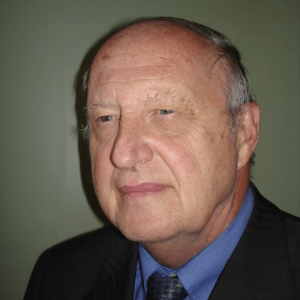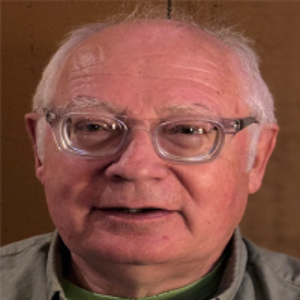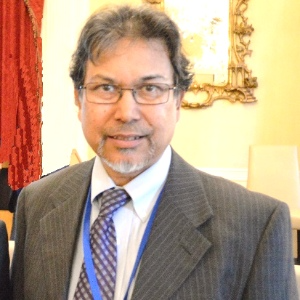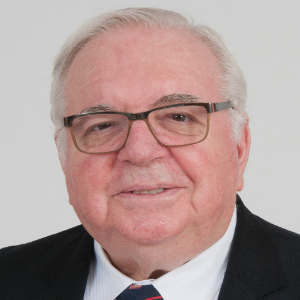Spintronics, sometimes called spin electronics or spin transport electronics, is the study of the inherent spin and magnetic moment of the electron in addition to its fundamental electrical charge in solid-state devices. Spintronics is a portmanteau term. The study of spin-charge coupling in metallic systems falls under the umbrella of spintronics, whereas multiferroics studies equivalent processes in insulators. Spintronics fundamentally varies from traditional electronics in that electron spins are used as a second degree of freedom in addition to charge state, having consequences for the effectiveness of data storage and transport. The fields of quantum computing and neuromorphic computing are particularly interested in spintronic devices, which are most frequently realised in diluted magnetic semiconductors (DMS) and Heusler alloys. Motorola created an initial 256 kb with a read/write cycle of under 50 nanoseconds, magnetoresistive random-access memory (MRAM) is based on a single magnetic tunnel junction and a single transistor. A 4 Mb version was later created by Everspin. The thermal-assisted switching (TAS) and spin-transfer torque technologies for second-generation MRAM are currently in development (STT). Racetrack memory is a different approach that uses the domain walls of a ferromagnetic wire to encode information in the direction of magnetization. In 2012, it was possible to make persistent spin helices of synchronised electrons last for longer than a nanosecond, a 30-fold improvement over prior attempts and longer than the time interval of a current processor clock cycle.

Ephraim Suhir
Portland State University, United States
Thomas J Webster
Interstellar Therapeutics, United States
Robert Buenker
University of Wuppertal, Germany
Will Skene
Montreal University, Canada
Valeriy A Buryachenko
Micromechanics & Composites LLC, United States
Anis Rahman
Applied Research & Photonics, Inc, United States
Will Skene
Montreal University, Canada
Robert Guidoin
Laval University, Canada
Robert Buenker
University of Wuppertal, Germany


Title : Introducing picotechnology: An exciting extension of nanotechnology
Thomas J Webster, Interstellar Therapeutics, United States
Title : The failure of both einsteins space-time theory and his equivalence principle and their resolution by the uniform scaling method
Robert Buenker, University of Wuppertal, Germany
Title : Material challenges with proton conducting ceramics for intermediate temperature hydrogenation/dehydrogenation applications
Saheli Biswas, Commonwealth Scientific and Industrial Research Organisation, Australia
Title : Porphyrin layers at metal-electrolyte interfaces monitored by EC-STM and CV
Marek Nowicki, University of Wroclaw, Poland
Title : Color control of electrochromes by structural modification
Will Skene, Montreal University, Canada
Title : Make experiments more efficient: Two simple and powerful approaches. Mg2Si growth for photovoltaic and thermoelectric applications
Alexander S Gouralnik , Institute of Automation and Control Processes, Russian Federation
Title : Reconfigurable antenna structures using tunable materials
Nasimuddin, Institute for Infocomm Research, Singapore
Title : (0, 1 and 2) Dimensional hybrid architecture of the synthesized materials leads the smart sensing of the gaseous species at low/room temperature
D R Patil, North Maharashtra University, India
Title : Enhanced grain refinement, precipitates regulation, and improved mechanical properties of cast Al-Li alloy by Ti addition and heat treatment
Lixiong Shao, Shanghai Jiao Tong University, China
Title : Broadband sound attenuation of shape memory polymer with triangular-honeycomb unit cell metamaterial structural design
Musaab Ejaz, Universiti Teknologi PETRONAS (UTP), Malaysia